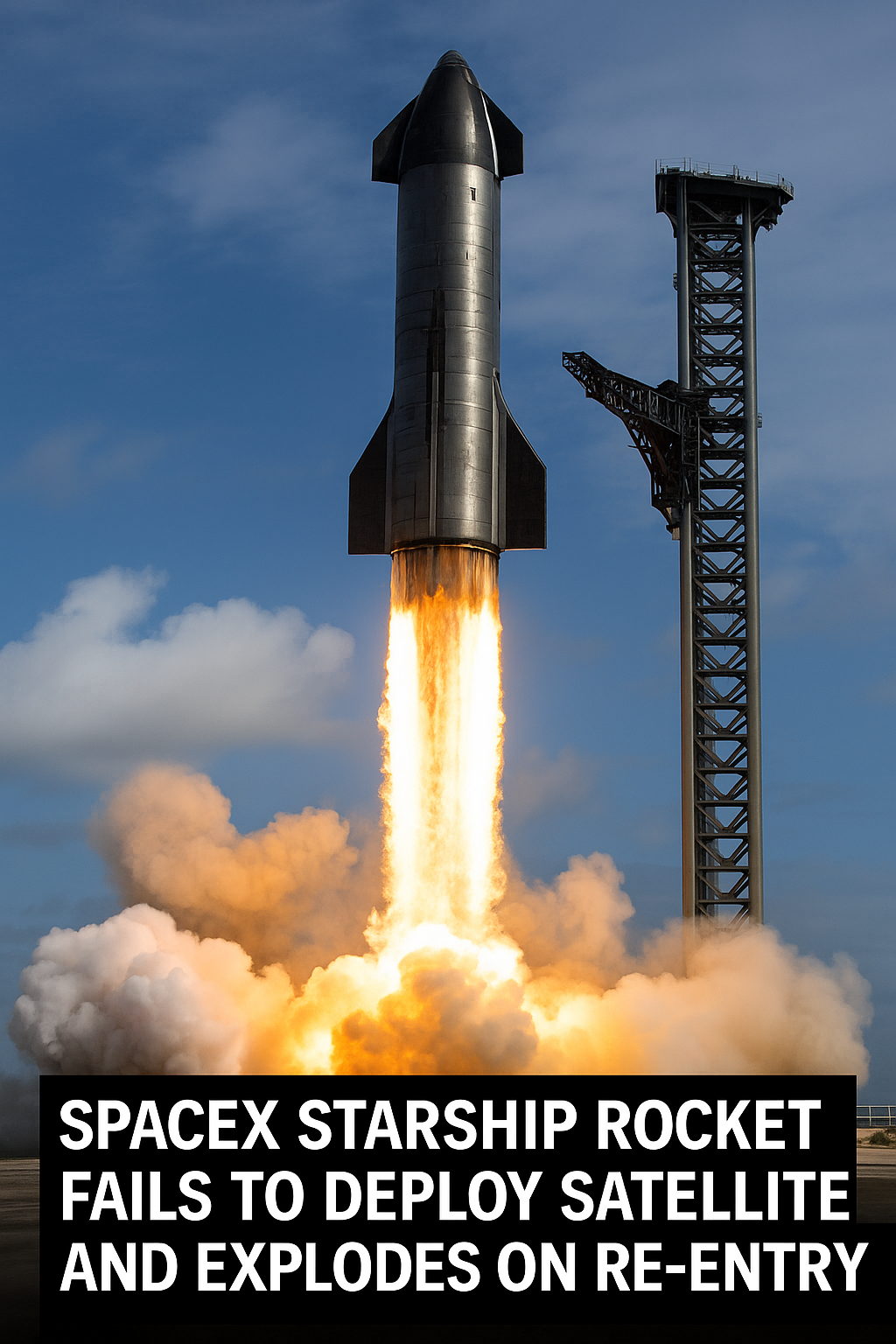In a bold and shocking development in space technology, a United States-based company has created a new way to send satellites into space.
Pancake Probes Launched Using a Giant Spinning Cannon
Instead of using traditional rockets, this firm is using a huge spinning cannon, known as a hypersonic centrifugal launcher. The system is designed to shoot satellites shaped like flat discs—called “pancake probes”—into space at extremely high speeds.
These pancake-shaped satellites are thin, round, and much lighter than usual space devices. Each one is about 7.5 feet wide and weighs about 154 pounds. By stacking many of these probes together like pancakes, the launcher can send hundreds into space at one time. This method is cheaper, faster, and better for the environment compared to traditional rocket launches.
The cannon system works by spinning a long arm inside a large vacuum-sealed chamber. When it reaches a very high speed—around 5,000 miles per hour—the launcher releases the payload and fires it into the sky. These speeds create a force nearly 10,000 times stronger than Earth’s gravity. This allows the satellite to break through the atmosphere and reach low-Earth orbit, or LEO.
So far, the company has tested this method 10 times from a site in New Mexico. The most recent successful launch was completed in September 2022. Each of these test flights was suborbital, meaning they didn’t reach full orbit but proved that the technology works. The company now plans to launch hundreds of these pancake probes into LEO using this same method.
Cheaper, Greener, and More Frequent Launches
This new launch system has several advantages over traditional rocket launches. One of the biggest benefits is cost. According to reports, the cost of launching one kilogram of satellite using this spinning cannon could be as low as $1,250. That’s less than half the cost of launching with a regular rocket.
Another benefit is the environment. Traditional rockets burn large amounts of fuel and release harmful gases into the atmosphere. This new launcher uses electricity to spin the arm and doesn’t need fuel at all for the launch. That means there are no greenhouse gas emissions during the actual launch, and no leftover rocket stages left in space to create debris.
The pancake probes are part of a new space network called Meridian Space. This system will send signals back to Earth and provide fast communication services. Because the satellites are small and lightweight, many can be launched at the same time. This allows for more regular and frequent launches—up to five times a day, according to the company’s estimates.
The project is backed by significant funding. A large defense firm has invested $12 million into the project, bringing the total funding to around $150 million. A satellite manufacturing partner is also working on building the first batch of 250 pancake probes, which will be sent into space as early as 2026.
Rising Tensions After China’s Immediate Response
After news of the pancake probe launches became public, a rapid response came from China. Reports indicate that Chinese authorities are treating the hypersonic cannon as a potential security threat. The speed and simplicity of this system could give any country using it a strategic edge in space.
China has started monitoring the US firm’s tests more closely. Some sources suggest that Chinese engineers are now working on countermeasures to track, monitor, or even block future launches of pancake probes. Officials worry that the low-cost and high-frequency launch system could lead to large numbers of satellites suddenly appearing in low-Earth orbit without warning.
From Space with Malice: China’s Satellites Tipped the Balance in India-Pakistan War
This concern isn’t only about communication satellites. Since the pancake probes are fast and hard to detect, some fear they could be repurposed for surveillance or defense-related missions. That’s why the sudden success of this new launcher is being treated seriously in global military and security circles.
Additionally, astronomers and space researchers have raised concerns about overcrowding in low-Earth orbit. More satellites could lead to an increase in space collisions, signal interference, and even light pollution, making it harder to observe the night sky. With hundreds of probes potentially entering space at once, experts warn that traffic in space could become a serious issue.
China’s urgent response reflects the deep concern over the balance of power in space. While no official statements have been made about restrictions or retaliatory moves, analysts confirm that China is not taking the rise of this technology lightly. As more pancake probes prepare for launch, all eyes are now on what actions China might take next.
China Warns of Space War as Trump Unveils $25B Golden Dome Missile Shield
This marks a major turning point in how space access is achieved and how nations view each other’s capabilities in orbit. The hypersonic cannon and its pancake probes have introduced a new way to explore space—but not without stirring concern and tension across international borders.




